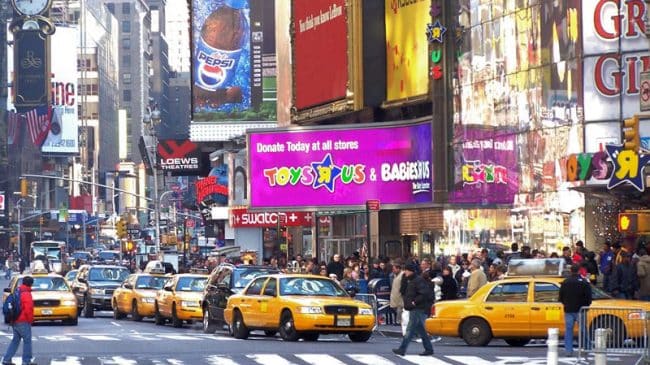While much has been made about Millennials flocking to the urban core, several new studies written by academics at American University and Georgetown University and highlighted by the Washington Post show that Millennials are leaving the urban core at the same rate that they are moving to it. These studies combined with car ownership and family trends show that despite the hype Millennials are behaving just like every other American generation, albeit with the Great Recession and college debt delaying family formation.
The studies focused on why Millennials are unlikely to stay in Washington. But the high cost of living, horrendous traffic and high crime levels apply to many urban core areas. Only nine percent of Millennials say they will stay in the DC area for the next five years. Two-thirds would leave DC for the right job. And Arlington, Virginia was considered the most transient area with 78 percent of respondents indicating they would leave for something better.
What’s especially noteworthy about DC is that it is the second-most desirable U.S. locale for Millennials, lagging San Francisco, but ahead of Boston, New York City and Denver. But Millennials are expressing the same concerns as every other generation: Are there enough jobs? Can they make enough money to pay the bills? And for the most part the answer is no.
Most interesting is the way that Millennials are commuting, and it is not by bike or public transit. More than 60% of Washington’s Millennials drive to work every day. More surprising, a whopping 57% could take Washington Metropolitan Area Transportation Authority (WMATA) trains or buses but choose not to because it is inconvenient or unreliable. A third of Millennials said bad traffic was the worst part of living in the region.
The study’s results should be a sobering wake-up to planners and elected officials. Many regions are focused on planning for Millennials by adding fixed-rail transit and bike lanes. Yetaccording to the American and Georgetown studies bikes and fixed-rail transit are not the transportation modes that Millennials use the most. Further, the land use policies of the DC region are causing home prices to rise, pricing out most Millennials.
DC can make itself more Millennial friendly but it needs to implement radical changes to some of its policies. First, the region must find a way to build more affordable single-family housing, not more luxury apartments. Reducing home prices is not rocket science. It requires developers to acquire land in core urban areas, suburbs, and exurbs. Market-based solutions such as reducing or eliminating Montgomery County’s agricultural reserve would free up land on the region’s fringe, while modifying DC’s height limit would allow developers to build taller buildings in DC, encouraging condos in which families could live. Better governance in Prince Georges County Maryland and Prince William County Virginia would help as well. (The DC height restriction is based on the abilities of 1880’s fire fighting equipment. It was instituted because buildings were constructed that were taller than a fire truck’s ladder. It had nothing to do with the height of the Capitol building).
Second, the region must actively work to expand mobility. Expanding rail transit might sound good, but most Millennials are choosing to drive. For them, adding congestion pricing that guarantees a congestion-free trip and new general purpose lane construction is crucial. The Washington-region has added millions of people over the last 30 years, but very little new roadway capacity. This has caused a major deficit in supply. Demand-based solutions are a cost-effective part of the problem, but supply cannot be ignored.
There are two reasons that Millennials may not be using transit: new travel options and new technology. Smartphone applications tell users when the next train or bus is coming; if the wait is too long a commuter can choose to drive or take a ridesharing service such as Uber.
Additionally, many new employment centers are outside of downtown DC in National Harbor, Reston or along I-270. There will never be enough money to extend fixed-route transit to all of these areas and attempts to do so will be met with disappointing ridership numbers as is the case with the Silver Line to Reston. Instead,transit agencies need to use more cheaper, more efficient buses to fill in transit network gaps. They should also work with ridesharing agencies to maximize resources in areas with the greatest demand.
Finally, active transportation boosters need to be realistic. Walking and biking are chosen for a very small percentage of transportation trips. Yes, such modes are relatively cheap to construct and maintain, and have some advantages compared to commuting by car. However, for the vast majority of residents, they are simply not realistic. As a result, resources should be prioritized on more popular commute choices.

